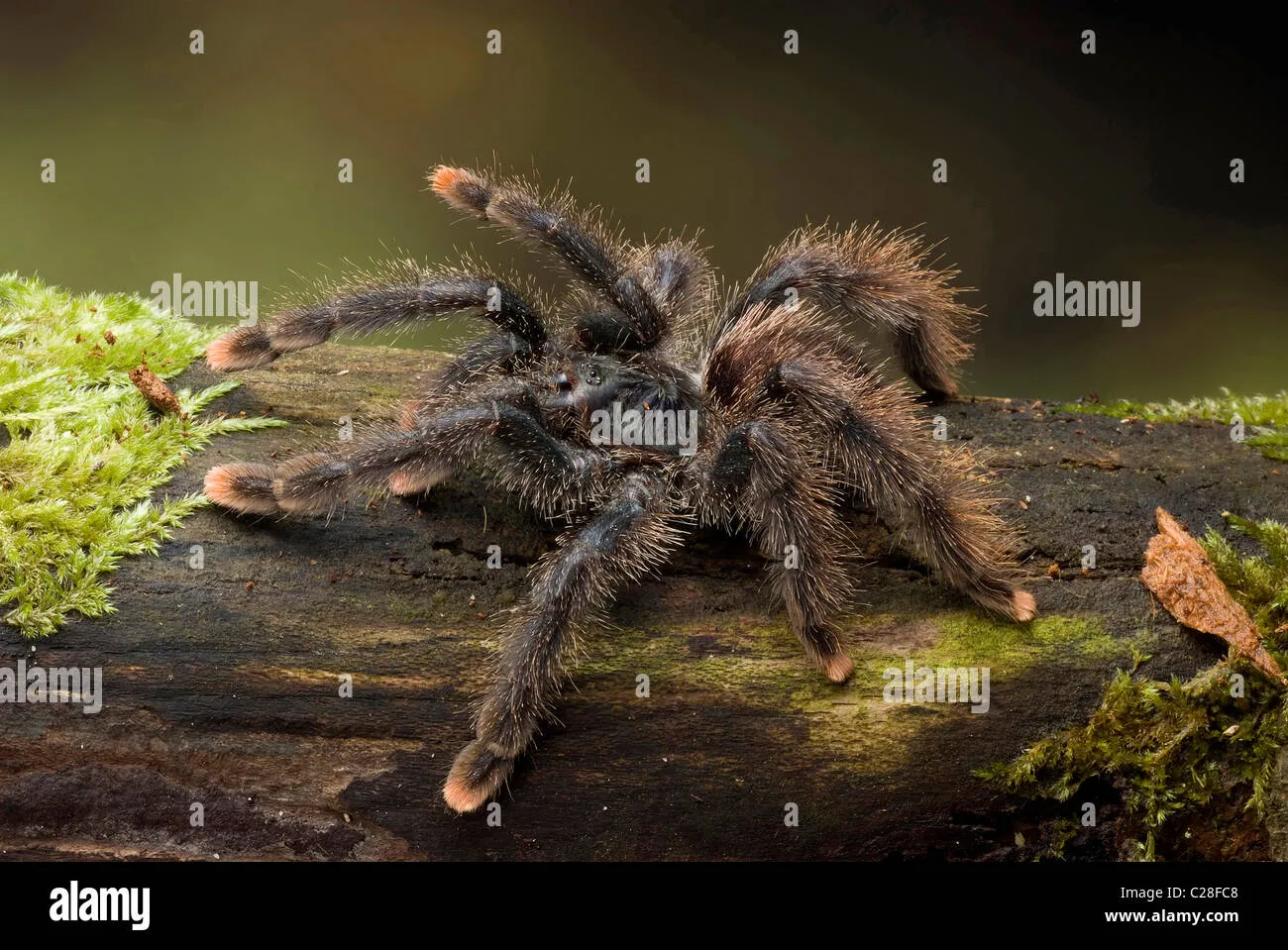Understanding the Metallic Pink Toe Tarantula (Caribena Versicolor)
The Metallic Pink Toe Tarantula, scientifically known as Caribena versicolor, is a captivating arboreal species that has gained immense popularity among tarantula enthusiasts. Their striking appearance, characterized by iridescent metallic blue legs and vibrant pink-tipped toes, makes them a visual delight. Native to the Caribbean islands, particularly Martinique and Guadeloupe, these spiders are relatively docile and, with proper care, can thrive in a captive environment. Understanding their specific needs is the cornerstone of providing a healthy and fulfilling life for your pet. This comprehensive care sheet will guide you through every aspect of caring for a Metallic Pink Toe Tarantula, ensuring its well-being and longevity.
Origin and Habitat
Metallic Pink Toe Tarantulas originate from the lush, tropical rainforests of Martinique and Guadeloupe. In their natural habitat, they are arboreal, meaning they live primarily in trees. They construct silken retreats within the branches, utilizing their silk to create nests and shelters. The high humidity and consistent temperatures of their native environment are crucial factors in understanding their care requirements. Replicating these conditions as closely as possible in captivity is key to their health and happiness. Researching their natural environment provides essential insight into their needs. Mimicking natural behaviors creates a happy and less stressed tarantula.
Appearance and Characteristics
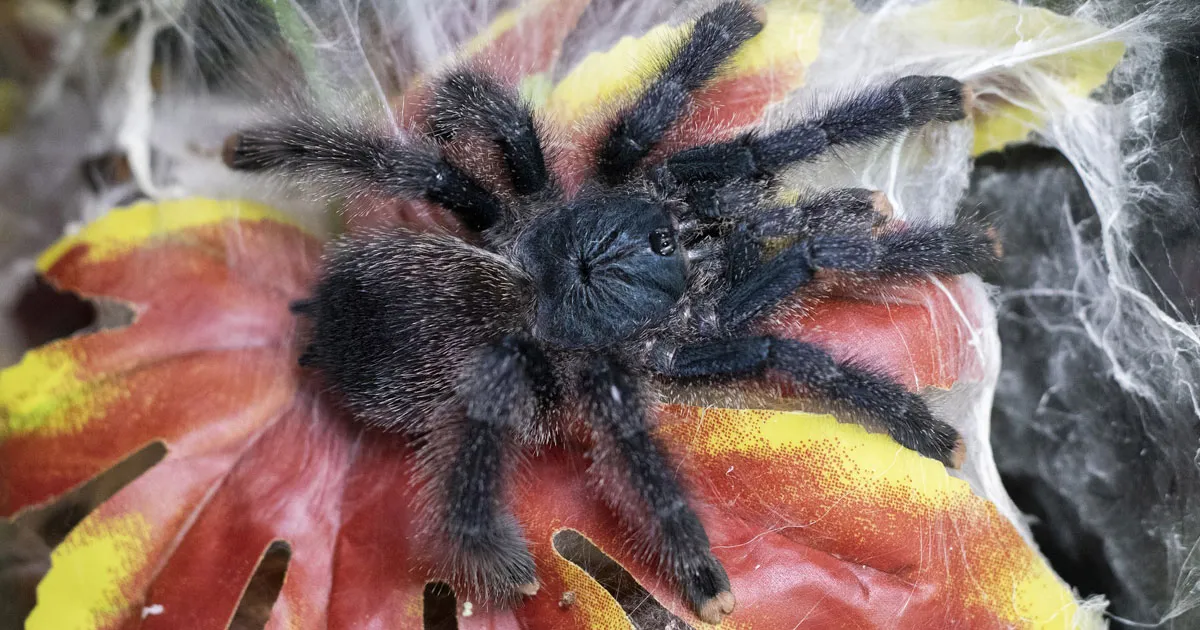
One of the most distinguishing features of the Metallic Pink Toe Tarantula is its vibrant coloration. Spiderlings often start with a more muted coloration, gradually developing their signature metallic blue legs and pink toe tips as they mature. Adults typically reach a leg span of 5 to 6 inches, with females being slightly larger than males. Their bodies are covered in fine hairs, which contribute to their overall appearance. They are known for their relatively calm temperament, though individual personalities can vary. Their graceful movements and captivating colors make them a sought-after species in the tarantula hobby. Observing their development is a rewarding experience, as the spider’s coloration intensifies with each molt.
Setting Up the Perfect Metallic Pink Toe Tarantula Enclosure
Creating a suitable enclosure is paramount to the health and well-being of your Metallic Pink Toe Tarantula. As arboreal spiders, they require a vertical enclosure with plenty of space to climb and explore. The enclosure should provide appropriate humidity, temperature, and ventilation to mimic their natural habitat. A well-designed enclosure not only promotes the spider’s physical health but also allows for observation and enjoyment. The following points will outline the critical components necessary for building the ideal environment for your tarantula, ensuring it thrives.
Enclosure Size and Type
For an adult Metallic Pink Toe Tarantula, a vertical enclosure of at least 12x12x18 inches is recommended, although larger is always better. A clear acrylic or glass terrarium with a secure, well-ventilated lid is ideal. Ensure the lid has fine mesh ventilation to allow for airflow while preventing escape. The height is crucial, as these tarantulas spend most of their time off the ground. For spiderlings, a smaller enclosure is suitable, such as a deli cup with air holes, gradually upgrading the size as they grow. Proper enclosure size minimizes stress and promotes healthy growth. Choosing the right enclosure provides the foundations of successful tarantula care.
Substrate and Decorations
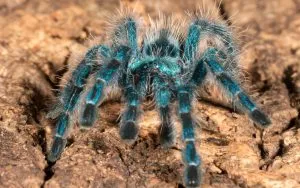
The substrate should retain moisture and provide a comfortable environment for the tarantula. A mixture of coco fiber, peat moss, and sphagnum moss works well. This combination helps maintain the required humidity levels. Provide plenty of climbing opportunities, such as cork bark, branches, and artificial plants. These decorations allow the tarantula to create its web and feel secure. Avoid sharp or abrasive decorations that could potentially harm the spider. A well-decorated enclosure provides enrichment and encourages natural behaviors. Ensure the substrate is deep enough for burrowing, if the tarantula chooses. Good substrate and decorations reduce stress.
Temperature and Humidity
Maintaining the correct temperature and humidity is crucial for the health of your Metallic Pink Toe Tarantula. The ideal temperature range is between 75-85°F (24-29°C). A heat lamp or mat can be used to maintain the temperature, but avoid placing it directly inside the enclosure. Monitor the temperature with a digital thermometer. Humidity levels should be kept between 70-80%. This can be achieved by misting the enclosure with dechlorinated water a few times a week, or as needed, depending on ventilation. A hygrometer is essential for monitoring humidity levels. Consistent temperature and humidity promote healthy molting and overall well-being. Regularly check the enclosure conditions to ensure the tarantula’s comfort.
Feeding Your Metallic Pink Toe Tarantula
Proper feeding is essential for the growth and health of your Metallic Pink Toe Tarantula. These spiders are opportunistic feeders and have specific dietary requirements. Providing a balanced diet ensures they receive all the necessary nutrients for growth and molting. Understanding the types of food, feeding frequency, and hydration needs is key to successful tarantula care. Careful consideration of these aspects will contribute significantly to the spider’s health and vitality.
What to Feed
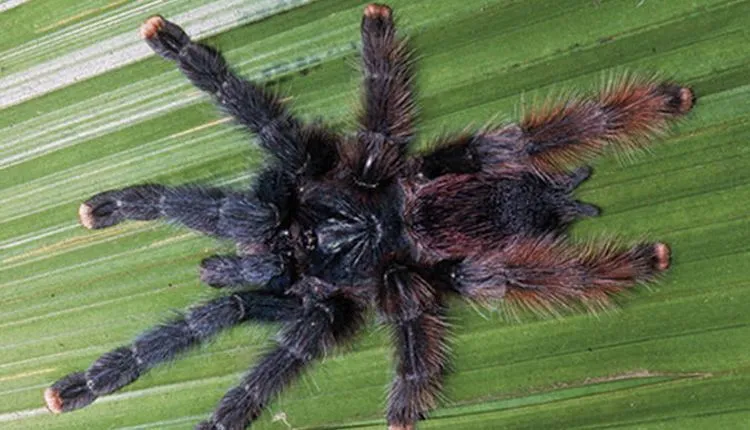
The primary diet of a Metallic Pink Toe Tarantula consists of insects. Crickets, roaches (dubia roaches are a popular choice), and mealworms are excellent options. Varying the diet helps ensure they receive a range of nutrients. The size of the insects should be appropriate for the spider’s size; a general rule is to offer prey no larger than the tarantula’s body. Pre-killed prey is recommended to avoid potential harm to the spider. Always remove uneaten food within 24 hours to prevent mold and mites. Supplementing the diet with calcium and vitamin supplements can be beneficial, especially for growing spiderlings. Choosing the right food promotes overall health.
Feeding Frequency and Amounts
Feeding frequency depends on the age and size of the tarantula. Spiderlings can be fed 2-3 times a week, while juveniles and adults can be fed once or twice a week. Observe your tarantula’s abdomen; if it appears plump, it may not need to be fed as often. Adjust the feeding schedule based on the spider’s appetite and molting cycle. Overfeeding can lead to health problems, while underfeeding can stunt growth. Always provide a fresh supply of food. Moderation is key to optimal feeding.
Watering and Hydration
Providing fresh water is crucial for hydration. A shallow water dish with clean, dechlorinated water should always be available. Alternatively, you can mist the enclosure a few times a week, allowing the tarantula to drink droplets from the sides. The water dish should be shallow to prevent the tarantula from drowning. Check the water dish daily and refill as needed. Hydration is essential for molting, digestion, and overall health. Consistent access to water is fundamental to the spider’s well-being.
Handling and Safety Precautions
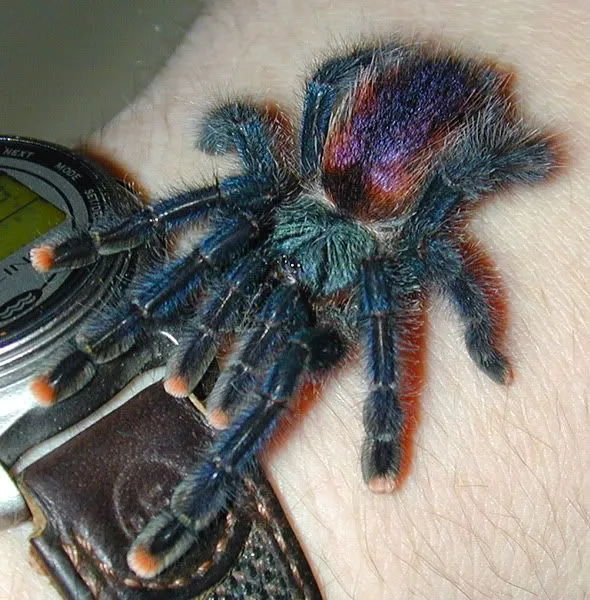
While Metallic Pink Toe Tarantulas are generally docile, it’s essential to handle them with care and caution. Understanding their behavior and potential risks is crucial for both your safety and the spider’s well-being. Always approach handling with respect and awareness. Following these guidelines will help ensure a safe and enjoyable experience for both you and your pet.
Handling Recommendations
Handling should be kept to a minimum, as it can stress the tarantula. If handling is necessary, do so gently and slowly. Use a soft, wide paintbrush to coax the tarantula onto your hand rather than grabbing it. Always handle the tarantula over a soft surface, close to the ground, in case it falls. Avoid sudden movements, which can startle the spider. Supervise children closely when they are near the tarantula. Washing your hands before and after handling can reduce the risk of contamination. Handle with care, patience, and respect.
Recognizing and Avoiding Bites
Although not considered highly venomous, a bite from a Metallic Pink Toe Tarantula can be painful. Bites are rare but can occur if the spider feels threatened or startled. Avoid provoking the tarantula by tapping on the enclosure or making sudden movements near it. If bitten, wash the area with soap and water. Monitor the bite for any signs of infection, such as redness, swelling, or pus. In rare cases, an allergic reaction may occur; seek medical attention if symptoms worsen. Understanding the potential risks of handling the tarantula is important for responsible ownership. Awareness and caution will reduce risks.
Common Health Issues and How to Prevent Them
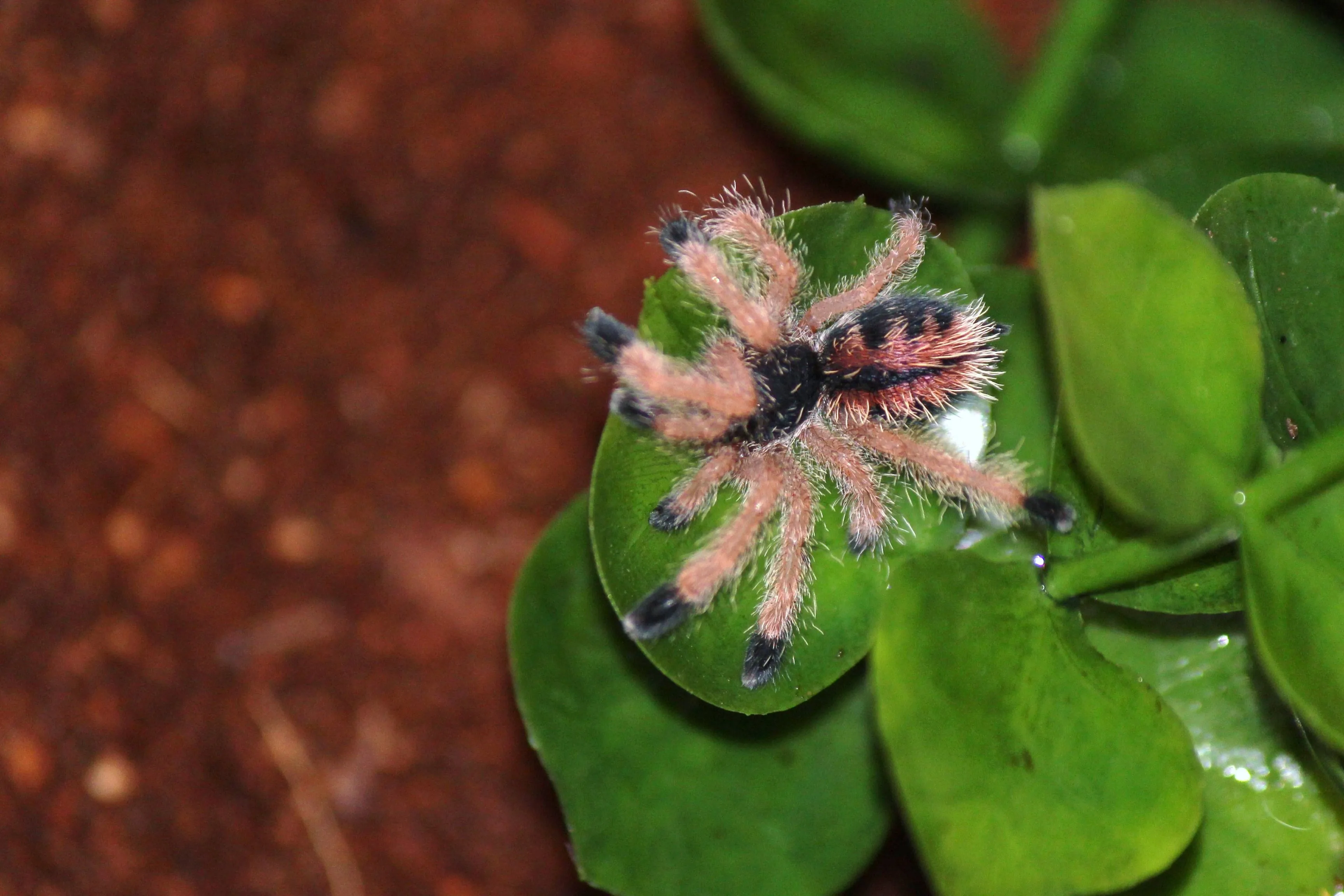
Like all living creatures, Metallic Pink Toe Tarantulas can be susceptible to certain health issues. Recognizing these potential problems and taking preventive measures is essential for ensuring a long and healthy life for your pet. Regular observation and proactive care can minimize the risks of health problems. The following outlines some common health concerns and effective ways to manage them.
One common problem is mites. Mites can infest the tarantula or the enclosure, and their presence can be detrimental to the spider’s health. Prevent mite infestations by ensuring the enclosure is clean and that new substrate and decorations are properly inspected before introduction. If mites are detected, isolate the tarantula and thoroughly clean the enclosure. Another potential issue is fungal infections, which can arise from poor ventilation and excessive humidity. Provide adequate ventilation and maintain appropriate humidity levels to reduce the risk. Promote a healthy environment with proper care practices.
Molting Process and What to Expect
Molting is a natural and vital process for tarantulas, allowing them to grow and shed their old exoskeleton. Understanding the molting process and knowing what to expect is essential for providing proper care during this vulnerable time. Proper care during molting is critical to the spider’s survival. It’s a fascinating process that every tarantula owner should understand.
Before molting, the tarantula may stop eating and become lethargic. It may also create a web mat or lay on its back. The molting process can take several hours or even days. Avoid disturbing the tarantula during molting. Provide a humid environment during this period. After molting, the tarantula’s new exoskeleton will be soft and vulnerable. Do not feed the tarantula for a few days, allowing its fangs to harden. After molting, the colors of the Metallic Pink Toe Tarantula are often enhanced. The molting process is an amazing event to watch.
Breeding Metallic Pink Toe Tarantulas (Optional)
Breeding Metallic Pink Toe Tarantulas is a rewarding experience for experienced keepers. It involves understanding the specific requirements for successful mating and egg production. However, it is a complex undertaking that requires time, dedication, and thorough research. For those interested in pursuing this endeavor, here’s a brief overview. Prior research is extremely important. Breeding them takes experience and knowledge.
To breed Metallic Pink Toe Tarantulas, you will need a mature male and female. Introduce the male to the female’s enclosure, carefully monitoring their interactions. If the female accepts the male, mating will occur. After mating, the female will lay eggs in a silken egg sac. The egg sac should be carefully managed to ensure proper incubation. The spiderlings will eventually hatch and must be raised separately to prevent cannibalism. Breeding is an advanced part of tarantula keeping, so make sure you know what to do.
Final Thoughts on Metallic Pink Toe Tarantula Care
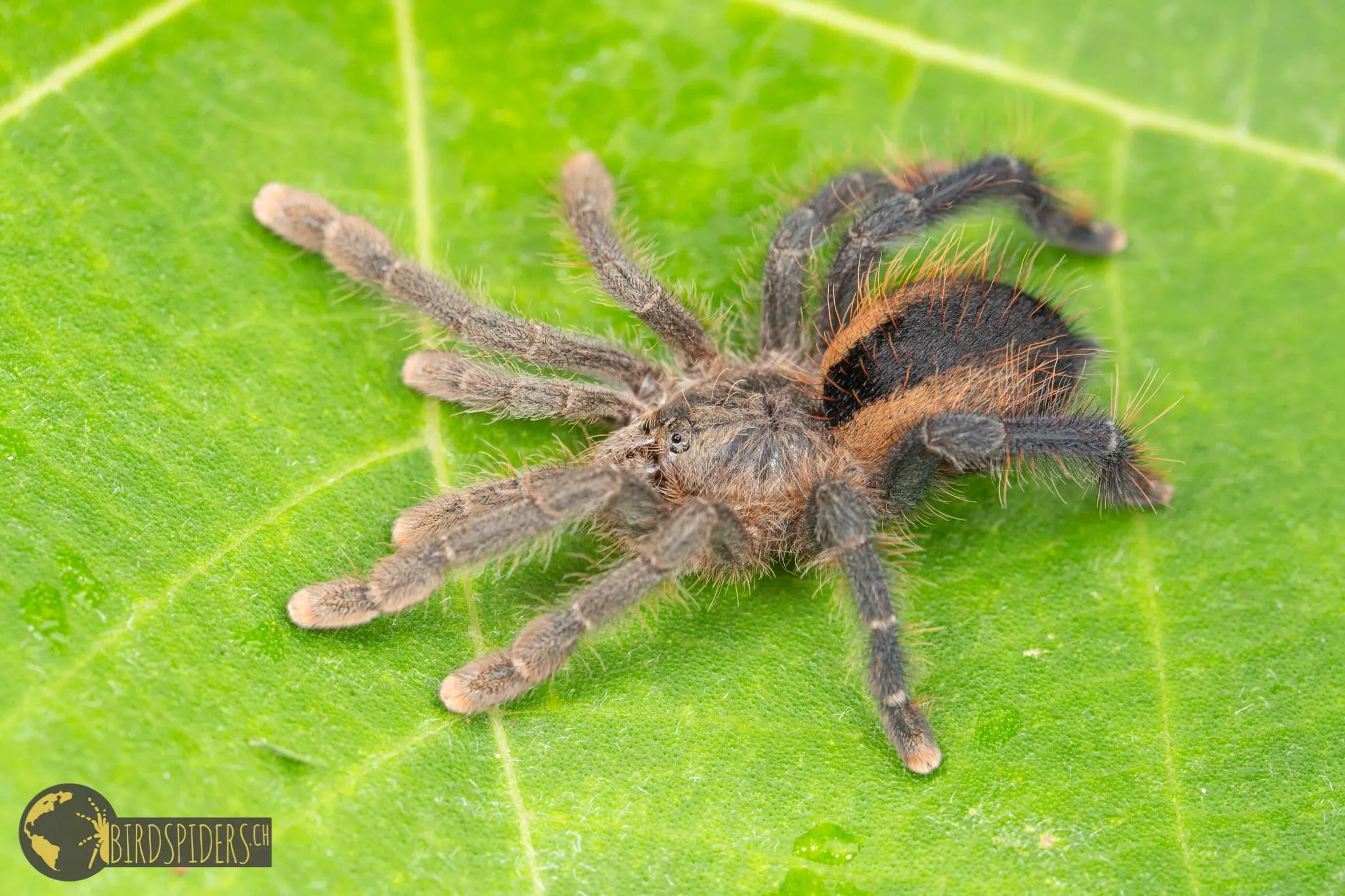
Caring for a Metallic Pink Toe Tarantula is a rewarding experience. With proper research, dedication, and the application of the guidelines provided in this care sheet, you can ensure the well-being and longevity of your pet. Always be mindful of their needs, observe their behavior, and adapt your care routine as needed. With patience and attention to detail, you can enjoy the beauty and fascinating behavior of this stunning tarantula species. Remember to always handle them carefully, maintain their habitat, and feed them appropriately. By following these guidelines, you can provide a fulfilling life for your Metallic Pink Toe Tarantula and enjoy the unique experience of keeping these amazing creatures. Owning a tarantula is a responsibility, and this guide can help you fulfill that responsibility.
